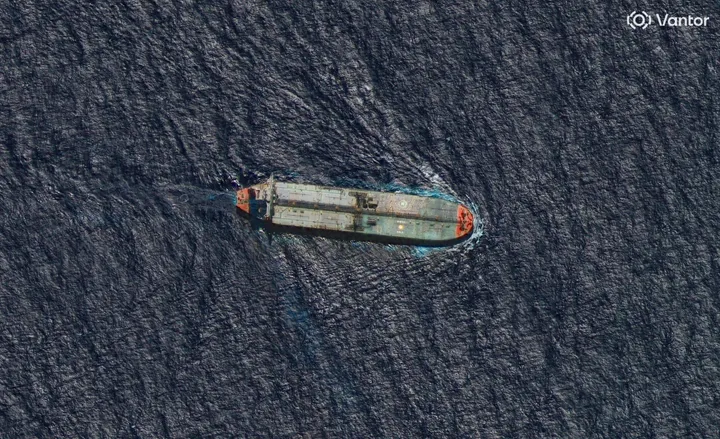A team of researchers have confirmed the presence of an exoplanet that orbits another star using James Webb Telescope.
US space agency NASA said in a statement on Wednesday that the exoplanet, formally classified LHS 475 b, is almost the exact same size as Earth, clocking in at 99 percent of its diameter.
"These first observational results from an Earth-size, rocky planet open the door to many future possibilities for studying rocky planet atmospheres with Webb," said Mark Clampin, Astrophysics Division director at NASA Headquarters in Washington.
"Webb is bringing us closer and closer to a new understanding of Earth-like worlds outside our solar system, and the mission is only just getting started."
The planet is a few hundred degrees warmer than Earth and if clouds are detected, researchers could conclude that the planet is similar to Venus, which has a carbon dioxide atmosphere and is perpetually shrouded in thick clouds.
LHS 475 b is relatively close, at only 41 light-years away, in the constellation Octans.
Planet with no atmosphere?
Although the team confirmed the planet is Earth-sized, they couldn’t confirm if it has an atmosphere.
"The telescope is so sensitive that it can easily detect a range of molecules, but we can't yet make any definitive conclusions about the planet’s atmosphere," said Erin May of the Johns Hopkins University Applied Physics Laboratory.
While researchers said it's possible the planet has no atmosphere, some atmospheric compositions have not been ruled out, such as a pure carbon dioxide atmosphere.
"Counterintuitively, a 100 percent carbon dioxide atmosphere is so much more compact that it becomes very challenging to detect," said Lustig-Yaeger of Johns Hopkins University Applied Physics Laboratory and leader of the research team.
The researchers, nevertheless, said the star of the planet is a red dwarf and is less than half the temperature of the Sun, so while the planet is closer to it than any planet in our solar system, they project it still could have an atmosphere.
List of achievements
With already several significant milestones, James Webb Telescope added another one to its list of achievements.
It was launched in December 2021 from French Guiana and reached its lookout point 1.6 million kilometres from Earth in January 2022.
In July 2022, Webb offered the deepest view of the universe ever captured that showed lots of stars, massive galaxies and extremely distant galaxies peeking through here and there.
In August of the same year, the $10 billion telescope captured stunning images of the planet Jupiter showing two tiny moons, faint rings and auroras at the northern and southern poles.
The Webb telescope is an international collaboration between the US space agency NASA, the European Space Agency, and the Canadian Space Agency, involving more than 10,000 people.
























